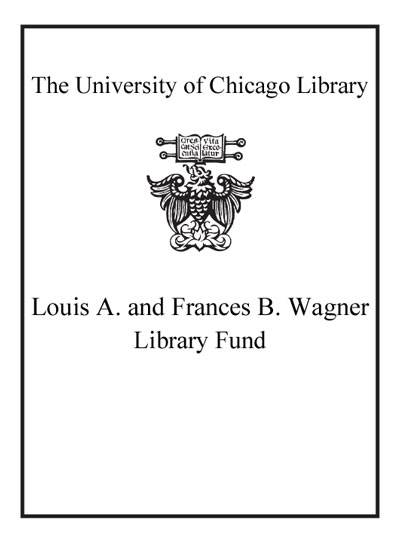Review by Choice Review
Helping low-income communities, in some local contexts known as "squatter settlements" or "slums," is the focus of this text. As introduced by Werthmann (Leibniz Univ. Hannover), the book "presents the various ways . . . designers are struggling to upgrade these settlements physically without destroying them socially." Part 1 provides an "incomplete taxonomy" of issues (such as land, water, public spaces, and street layout) that can impact such neighborhoods. It closes with a superb section on modes of government engagement, both positive and negative. Part 2 is devoted to case studies from four cities in Latin America--Buenos Aires (Argentina), Rio de Janeiro and São Paulo (Brazil), and Medellín (Colombia)--highlighting key issues in each place, namely, marginal lands, toxic sites, separation from urban infrastructure, security, and lack of public facilities. Each case study closes with an interview with key players who worked in the particular settlement. Part 3 examines the lessons learned and provides recommendations for others who take on similar projects. The author's goal is that conclusions drawn here should be applicable for future work in other regions, such as Africa and Asia. This is a well-researched companion to the more global book The Everyday Life of Urban Inequality (2020), edited by Angela Storey, Megan Sheehan, and Jessica Bodoh-Creed. Summing Up: Recommended. Lower- and upper-division undergraduates. Graduate students, faculty, and professionals. Students in two-year technical programs. --Lauren B. Allsopp, Arizona State University
Copyright American Library Association, used with permission.
Review by Choice Review

